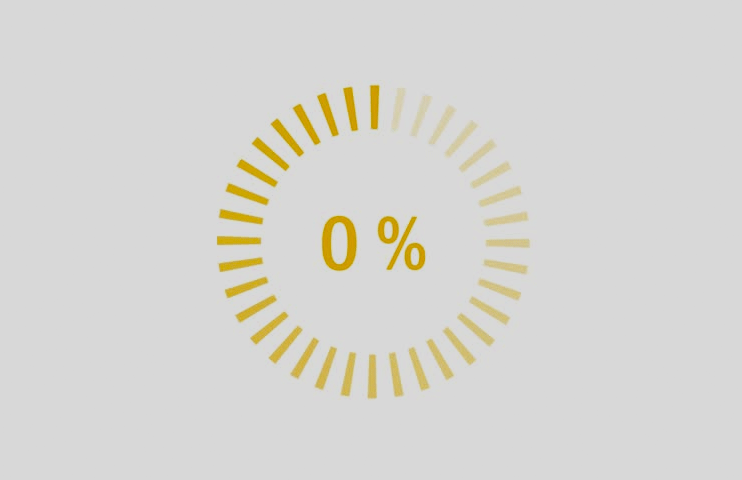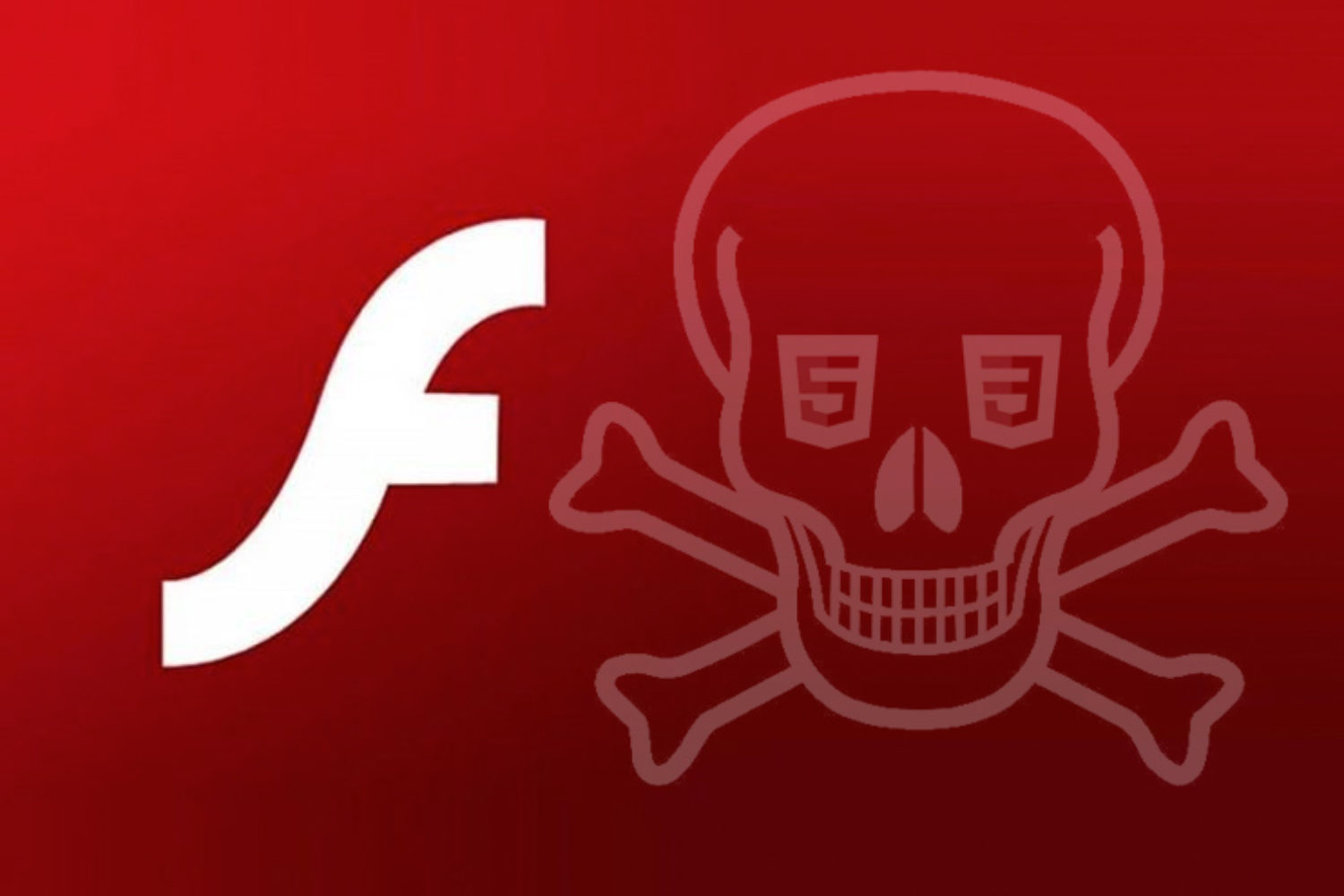It’s been almost six months since the developers at Adobe finally admitted what the rest of us in the web design industry have known for a while: Flash is dead. It will continue to hang around for a couple of more years until 2020, when the company will stop releasing new updates and support.
Given that Flash websites have been looked down upon for years, it’s easy to forget just how popular and common they were at one time. With the official demise of the plugin now on the horizon, let’s take a quick look at what we learned along the way, and what it means for the future of your own website and marketing.
Why Designers Once Loved Flash

While Adobe Flash is almost universally hated within the web design community now (for reasons we’ll get to in a second), things weren’t always that way. In fact, once upon a time there were thousands of Flash sites being churned out every week.
That’s because Flash was developed from a good idea. Rather than having websites be static versions of online brochures, Flash allowed programmers to integrate video, animations, and even interactive tools like games and calculators into websites. Suddenly, designers and business owners alike were aware of all the things that could be accomplished with a little bit of coding.
That set of expansive and creative ideas was undoubtedly great for the internet, even if Flash itself wasn’t.
The Reasons Adobe Flash Was Doomed

For all the great things Flash could do, there were some pretty major downsides associated with using it for your website. For one thing, Flash tended to cause pages to load more slowly. Many of us will remember the progress percentage bars and wheels that used to show up on homepages across the web.
Another problem had to do with the fact that Flash needed to be updated constantly, on both the programmer and visitor end, for a site to function cleanly. That meant potential customers were frequently being badgered to download new pieces of software, which wasn’t exactly user-friendly.
The biggest issue with Flash, though, and the issue that ultimately led to its downfall, was that it left websites wide open to hackers. There were simply too many ways to break into it and transmit malware through it.
For all of these reasons, Flash was doomed long before its coming burial was ever announced. In fact, Steve Jobs banned Flash from iPhones and other Apple devices all the way back in 2010, and its usage has been steadily declining ever sense.
What’s Next on the Web?

As a web user, the death of Flash is a good thing for you. It means fewer hassles and security concerns without a loss of functionality. You probably don’t use many sites that feature Flash these days, and HTML5/CSS3 has moved beyond its capabilities (particularly with regard to embedded media and mobile devices).
As a marketer, it’s imperative that you do away with Flash on your website immediately if you haven’t already. Beyond that, it’s worth remembering that every great idea in web design and online marketing will eventually be replaced by something cleaner. In other words, don’t get too attached to any idea or tactic. Flash, like MySpace, Netscape, and so many others that came along before, is now headed to the recycling bin of our memories.
Need expert help getting rid of your flash website for new modern website? Contact the creative team at SmartNet Solutions today to see how we can help!
